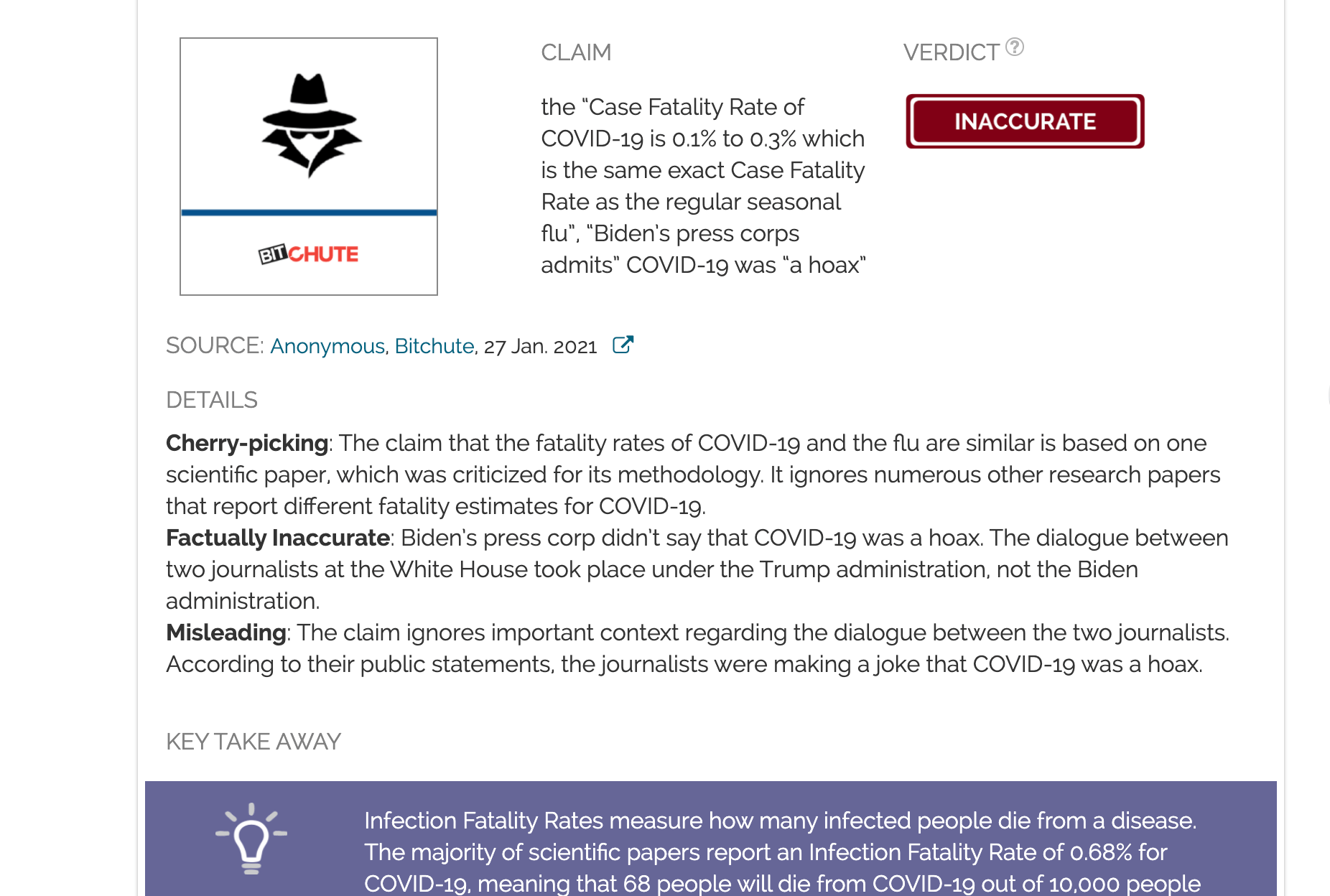- Joined
- Nov 25, 2019
- Messages
- 69,349
- Reaction score
- 16,406
- Gender
- Male
- Political Leaning
- Conservative
Look, people don't have the time to read a link that may take anywhere from 5 minutes to a half-hour. If you are posting it, you should know what it says by the mere fact that you are posting it. You're the one posting. Not someone else. This is supposed to be a debate site. Not a link slapping up site. Here is rule 9 from this site.If people post links it is harder for them to cherry pick stuff and you get to read about the whole subject
and that is why I also try to post the searches I do that way if you want all the info on the subject is there to read
have a nice night
9. Sourced Material - All material being posted from outside of DebatePolitics.com (external material) MUST contain a link to the original source or citation with original author. This applies to all external material, regardless of whether it is copyright protected or not.
In addition, a limitation of 2-3 medium-sized paragraphs per thread is allowed. Proper format is to copy and paste the text of the same-source material, place it inside the 'quote tags' and then offer a link to the material source page for further reading. The 'quote tags' are located in the post creation window.
Admittedly it doesn't say you must include 2 or 3 paragraphs but if someone doesn't, how is the reader supposed to know that the link confirms the opinions and/or points the poster is trying to make? In the past, more than a few posters here have slapped up a link, I broke my rule and read it, and the link doesn't support their positions. Then it's a back and forth time waster where the poster says "Yes, it does" and the reader saying, "No, it doesn't." I've been there, done that. No more.




